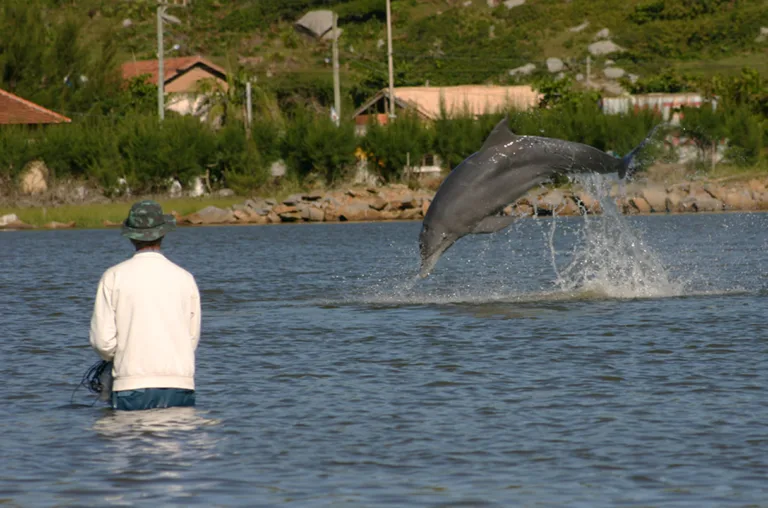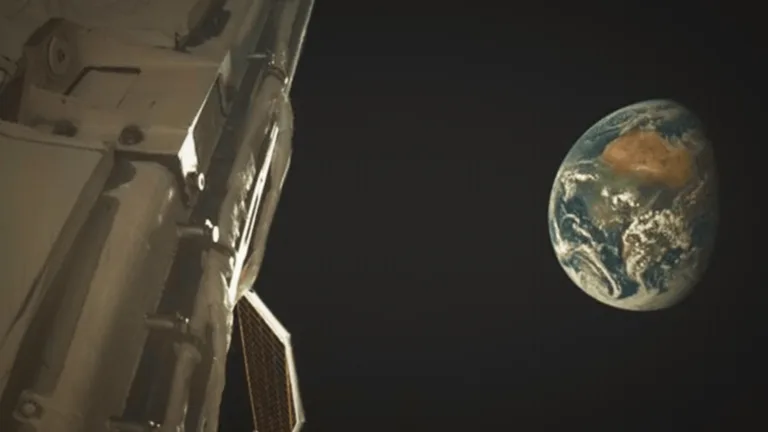NASA Expands Its Deep Space Network with Powerful New Dish!

On March 19, 2025, NASA celebrated a major milestone — the 60th anniversary of its Deep Space Network (DSN) site in Canberra, Australia. For six decades, this powerful communications facility has been Earth’s cosmic hotline, keeping us connected with spacecraft exploring the far reaches of our solar system and beyond.
But NASA didn’t just throw a birthday party — it also kicked off a brand-new upgrade. Construction began on a massive new antenna called Deep Space Station 33 (DSS-33), which will become the fifth giant radio dish at the Canberra site.
This upgrade is part of NASA’s Deep Space Network Aperture Enhancement Program, a long-term effort to expand the DSN’s capabilities to handle more craft and more data. DSS-33 is expected to be ready by 2029, and when it comes online, it’ll mark the completion of this major six-dish enhancement project.

What Is the Deep Space Network, Anyway?
NASA’s Deep Network is a global system of radio antennas that allows scientists to stay in touch with spacecraft even when they’re billions of miles away. These antennas send commands to probes and receive data back — everything from images of distant planets to information about deep environments.
There are three DSN complexes around the world:
- Canberra, Australia
- Barstow, California (Goldstone)
- Madrid, Spain
These locations were chosen so that as Earth spins, at least one station can always maintain contact with a spacecraft — no matter where it is in the sky. This way, there’s near-constant communication without any major gaps.

Meet Deep Space Station 33
So, what’s special about this new dish?
DSS-33 will be a 34-meter-wide (112 feet) radio antenna built with a special technology called beam waveguide (BWG) design. This design uses five mirrors to guide radio signals down a tube and into a pedestal that sits mostly underground.
There, the signal gets translated into useful information, like photos, measurements, and system updates. Think of it like a super-advanced translator that turns “language” (radio signals) into data that scientists on Earth can read and understand.

Helping the Spacecraft Phone Home
The new DSS-33 will be critical in handling the growing number of craft in deep . NASA and other agencies are sending more missions to the Moon, Mars, asteroids, and even further. All these missions need a reliable way to communicate with Earth — and fast.
In the future, we’re expecting even higher volumes of data from missions with better cameras, sensors, and instruments. So, the DSN needs to keep up with the demand — and DSS-33 will help do exactly that.
Still Supporting the Legends: Voyager 1 and 2
Perhaps the most legendary spacecraft of all time — Voyager 1 and Voyager 2 — are still out there, continuing their decades-long journeys through the cosmos. Launched in the late 1970s, they’ve traveled farther than any other human-made object.
Here’s a cool fact: Canberra is the only DSN site that can talk to Voyager 2. That’s because of its position on Earth and the angle of Voyager 2’s trajectory. While Voyager 1 can send signals to the other two DSN stations, only Canberra can send commands to Voyager 2.
Even after nearly 50 years, these spacecraft are still sending data back — proof of just how incredible human engineering can be.

Why This Matters
In space, communication is everything. Whether it’s a rover exploring Mars, a satellite orbiting the Moon, or a probe flying past a distant planet, we need to stay in touch. These spacecraft gather amazing information, but without a way to send it home, we’d never get to see it.
With DSS-33 joining the team, NASA is preparing for the future — a future full of new missions, deeper exploration, and, of course, more incredible discoveries.
So the next time you see stunning space photos or hear about a mission billions of miles away, remember: there’s a good chance that signal came through a giant dish in Canberra, quietly listening to the stars.






